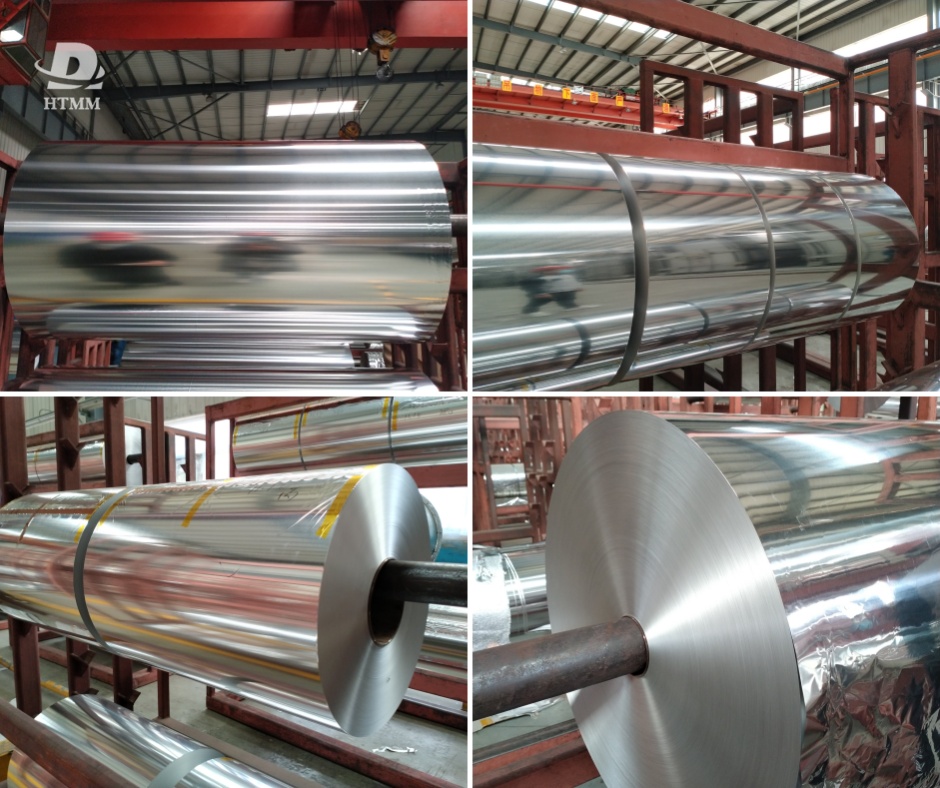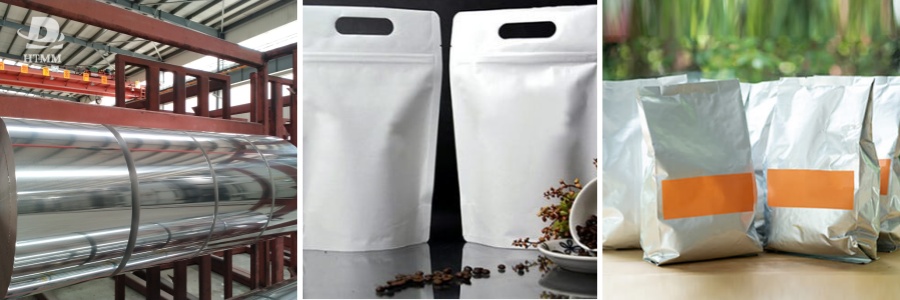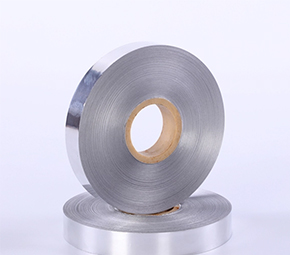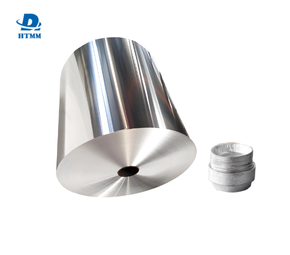The impermeable nature of aluminum flexible packaging foil remains a crucial reason for its preference. Aluminum foil is a complete barrier to gases and vapors, in contrast to plastic films, and it protects against spoilage and helps keep food fresh.
Its other advantage is the flexibility. Flexible packaging aluminum foil can be laminated with PET, PE, or paper to improve strength, printability, and sealing performance. This flexibility enables manufacturers to produce lightweight but strong packaging solutions that cater to a wide range of industries.

Flexible Packaging – Product Structure
Flexible packaging usually has several layers, each with a distinct purpose:
Outer Layer (Protective/Printable Layer) – Typically composed of polyester (PET) or nylon, this layer gives mechanical strength and supports high-quality printing.
Middle layer (barrier layer) – This is where aluminum flexible packaging foil comes into play and it acts as a superior protector against the harmful external elements.
Inner Layer (Sealing Layer) — Generally made from polyethylene (PE) or polypropylene (PP), it provides proper heat sealing and direct contact safety of the food.
The layers work in harmony to create a lightweight but tough package that can perform under pressure in modern food storing and transport scenarios.
What is the difference between 8079 Aluminum Foil vs 1235 Aluminum Foil for Flexible Packaging?
Flexible packaging aluminum foil is commonly used two alloys, they are 8079 aluminum foil for flexible packaging and 1235 aluminum foil for flexible packaging. Though both of these options are great, they each have unique properties that make them better in certain situations.
Advanced Features- Added iron (Fe) and silicon (Si) to the ingredients used, which improves strength and puncture resistance.
Best fit for thicker foils (0.006mm-0.2mm) used in heavy-duty packaging.
Provides better elongation and fewer pinholes so well suited for applications that demand very high durability pharmaceutical and industrial packaging.
Aluminum Foil 1235 for Flexible Packaging

Made from 99.35% pure aluminum, softer and more pliable.
Ideal for very thin foils (0.005mm to 0.05mm) utilized in food packaging products, such as wraps for chocolate and lids for yogurt.
Gives great formability and heat conduction for tight seals and uniform heat distribution
If looking to decide on 8079 aluminum foil for flexible packaging or 1235 aluminum foil for flexible packaging for your specific application the difference in between the two depends on your packaging properties requirements, 8079 aluminum foil for flexible packaging suitable for strong applications, while 1235 aluminum foil for flexible packaging is appropriate for lightweight high-barrier food packaging.
Flexible packaging aluminum foil has unique barrier properties, and flexibility, and is poly laminate compatible, which makes it an enabling material in modern mass packaging. Irrespective of whether you are usingAlu Foil For FlexiblePackaging Lamination or standalone foil, the industry enjoys longer shelf life, better protection as well asscheaper solutions.





